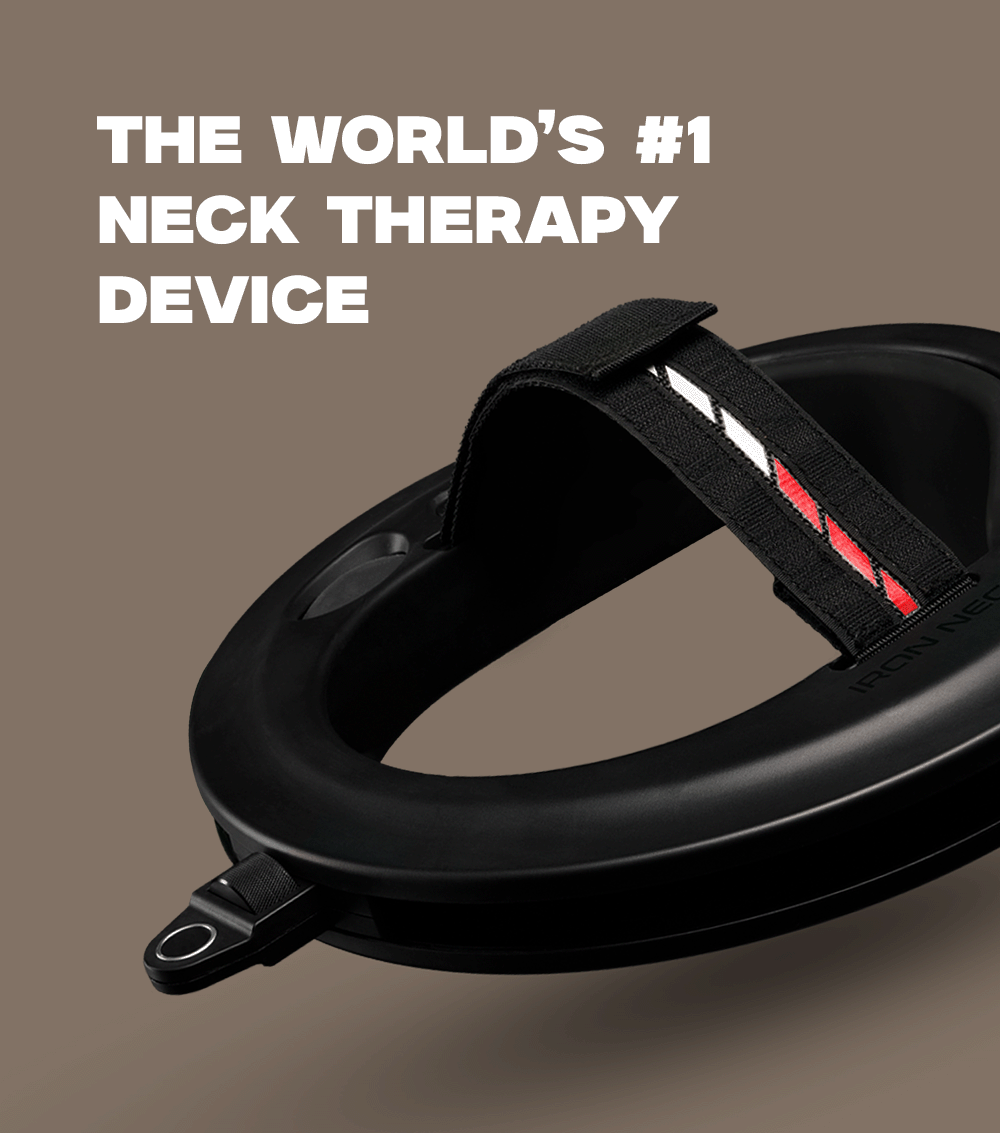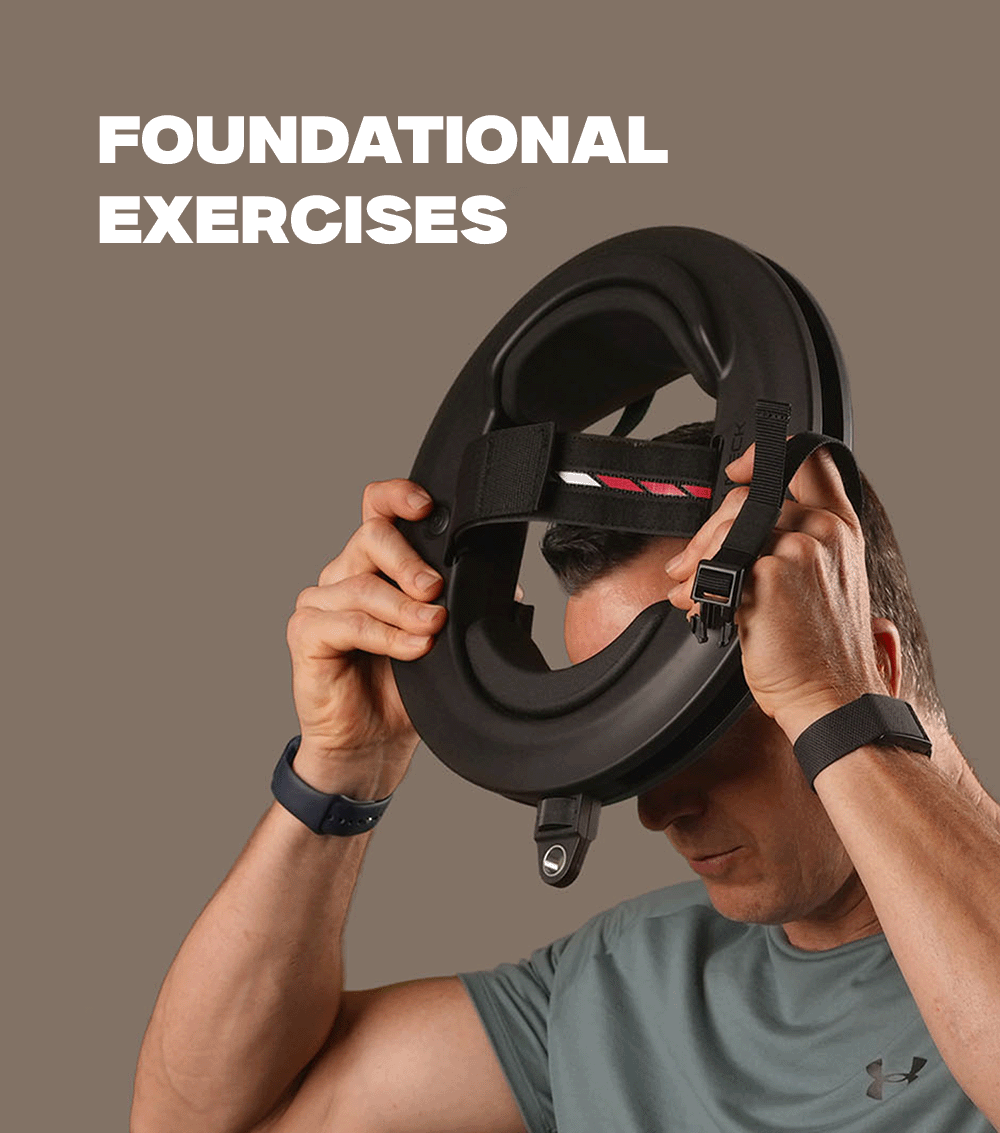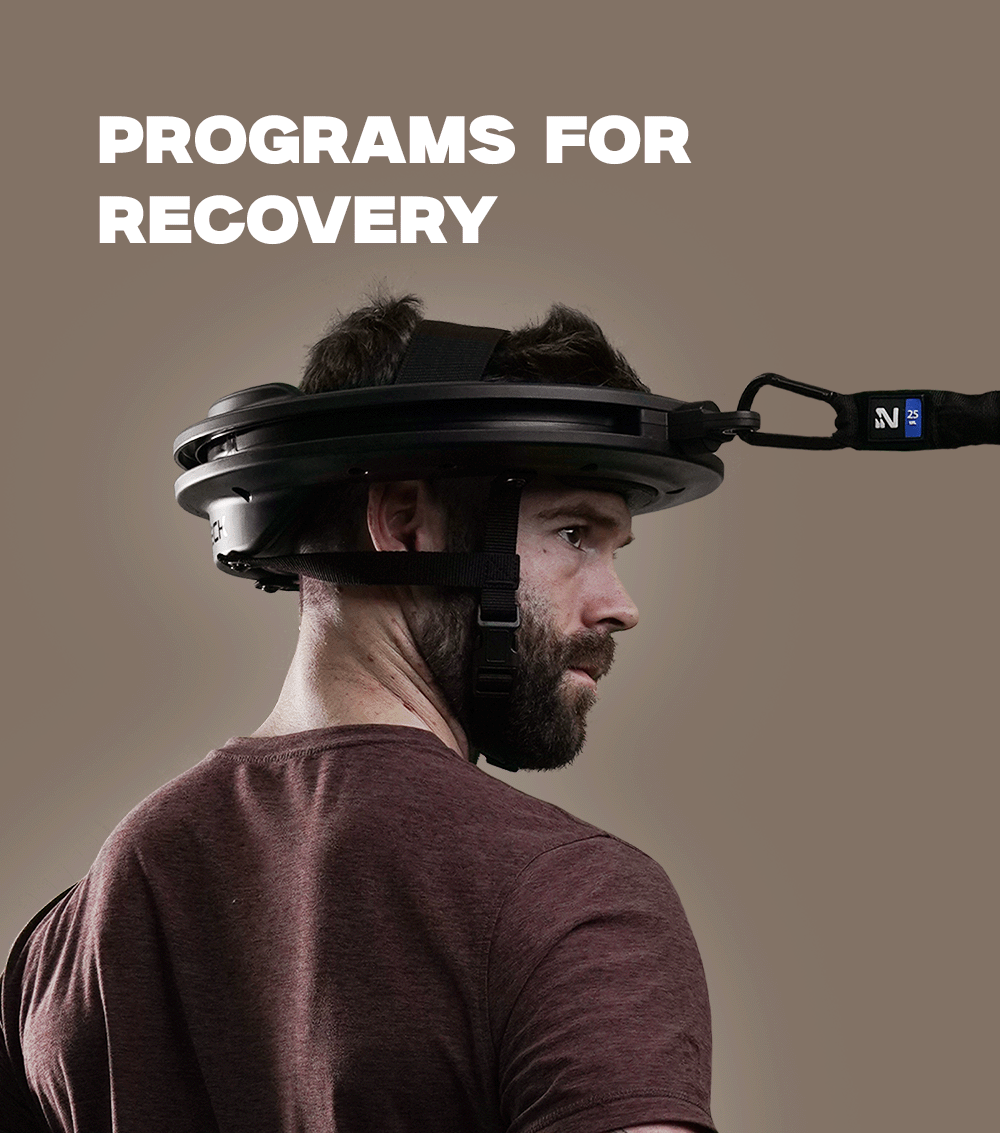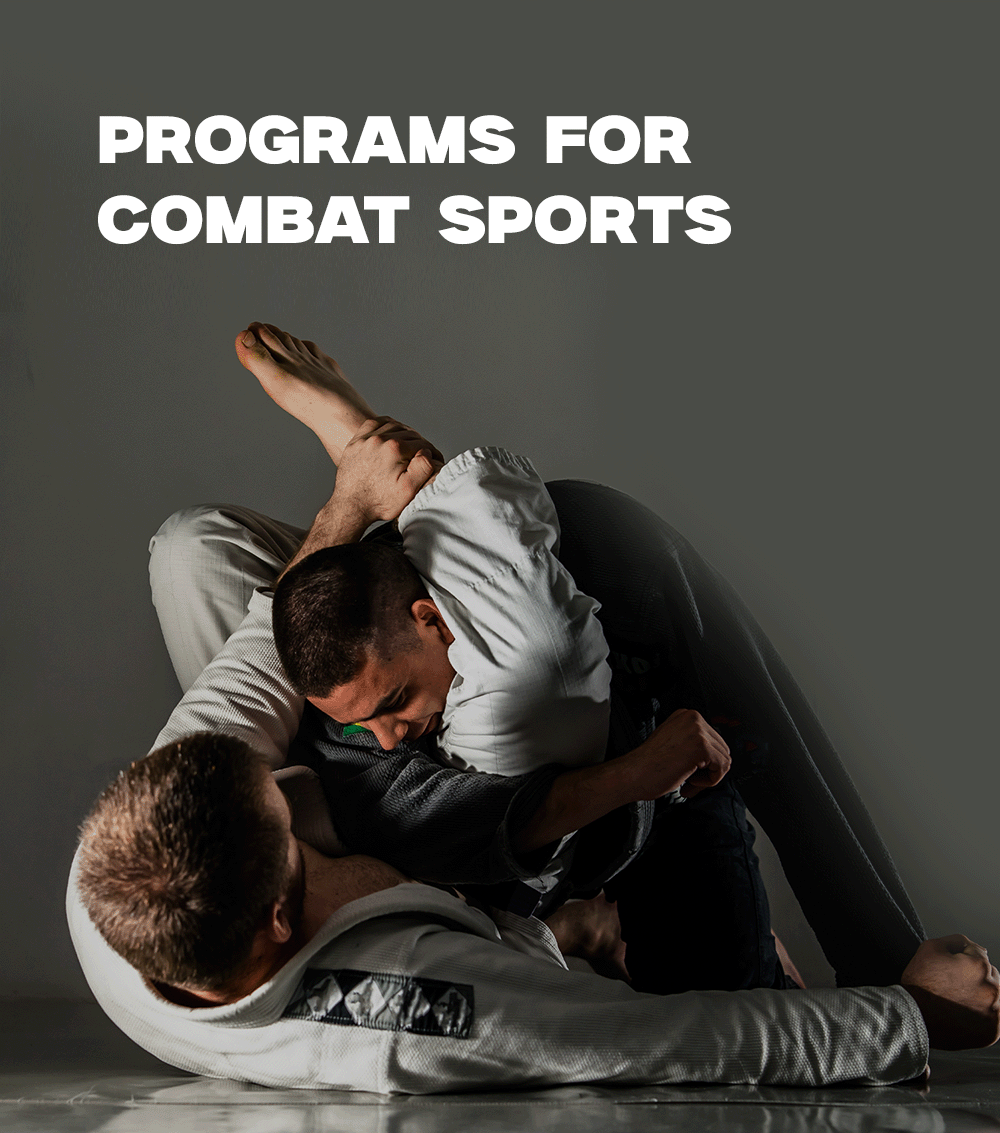Whether it’s from hours hunched over a laptop, scrolling on your phone, or slouching behind the wheel, poor neck posture has quietly become a modern epidemic. And while it might not seem like a big deal at first, that subtle forward head tilt can cause serious problems, such as chronic pain, reduced mobility, tension headaches, and even breathing restrictions.
In this complete guide, we’ll break down what “bad neck posture” actually means, what causes it, how to assess it, and most importantly, how to fix it with targeted stretches, strength training, and posture-friendly habits. Whether you're recovering from neck strain, training as an athlete, or just tired of feeling stiff and slouched, this guide will help you retrain your posture from the top down.
What Is “Bad” Neck Posture?
Bad neck posture isn’t just about looking slouched; it’s about how your head sits with your spine. The most common form is called forward head posture (also known as “text neck”), where the head drifts forward in front of the shoulders instead of staying aligned directly above them.
When this happens, the muscles in your upper back and neck are constantly working to hold your head up against gravity, often leading to pain, tightness, and fatigue.
Common signs of poor neck posture:
- Your ears sit ahead of your shoulders
- You feel tension at the base of your skull or upper traps
- You experience limited neck mobility or stiffness
- You catch yourself leaning your head toward your phone or screen
- You suffer from frequent headaches or shoulder/neck pain
Temporary slouching isn’t the problem; it’s when this misalignment becomes your default position that long-term issues start to build.
What Leads to Bad Neck Posture Over Time
Bad neck posture develops over time as a result of daily habits and the way we live, move, and work. Modern routines make it easy to fall into poor alignment without realizing it.
Common lifestyle causes:
- Tech use: Constant phone scrolling and laptop use pull the head forward
- Desk jobs: Poor ergonomics or long hours in a slouched position
- Driving posture: Rounded shoulders and slumped backs in the car
- Sleep positioning: Pillows that tilt the head too far forward or sideways
Muscle-related causes:
- Weak deep neck flexors: Can’t keep your head aligned over your spine
- Tight chest muscles (pecs): Pull shoulders and neck forward
- Overactive upper traps & SCM: Create tension and imbalances
- Lack of thoracic mobility: Limits proper head positioning
- The Long-Term Impact of Poor Neck Posture
Poor neck posture affects far more than just how you look. Over time, it can disrupt how you move, breathe, and perform.
What can go wrong if you ignore it:
- Chronic neck and upper back pain
- Tension headaches and eye strain
- Shoulder dysfunction and nerve compression
- Reduced lung capacity due to chest compression
- Poor movement coordination and reaction time
- Decreased confidence and physical presence
5-Step Plan to Fix Your Neck Posture
Correcting posture requires three things: strength, mobility, and awareness. Here’s how to put them to work.
Strengthen the small stabilizing muscles that pull your head back into alignment.
1. Chin tucks:
- Sit or stand tall
- Gently tuck your chin back (like making a double chin)
- Hold for 3–5 seconds
- Repeat 10–15 times daily
2. Strengthen the Posterior Chain
Your traps, rhomboids, and rear delts help you maintain upright posture.
Key exercises:
- Band pull-aparts
- Face pulls
- Rows
- Scapular retractions
Train these muscles 2–3 times per week with controlled movement.
3. Stretch the Tight Areas
Loosen the muscles that pull your posture forward.
Focus on:
- Chest (pec minor)
- Sternocleidomastoid (SCM)
- Upper traps
- Scalenes and levator scapulae
Hold each stretch 30–60 seconds, ideally after strength work.
4. Postural Awareness
Posture isn’t just a gym thing. Throughout the day:
- Pull your chin back
- Sit tall with shoulders relaxed
- Stack your ears over your shoulders
- Small corrections, repeated often, become second nature.
5. Use the Right Tools: The Iron Neck Advantage
Static stretches and simple drills are a great start. But Iron Neck takes it further. It trains your neck in every direction under resistance while reinforcing correct positioning
What it does:
- Trains your neck to hold alignment in real-world positions
- Improves mobility while reinforcing stability
- Addresses muscle imbalances that contribute to forward head posture
- Creates lasting change without the “slump” returning after a workout
From pro fighters to desk workers, Iron Neck users see measurable improvements in posture, reduced pain, and better movement efficiency often in as little as 2–4 weeks.
How Long Until You See Results?
Pain relief and mobility gains can start in 2–4 weeks with consistent training. Postural changes may take longer, but once the right muscles are activated and strengthened, the improvements stick because your body now knows how to hold itself correctly.
Your Complete Neck Posture Fix Program
If you’re ready to stop guessing and start following a proven system, our Complete Neck Training Program is designed to help you correct forward head posture, reduce neck pain, and build lasting stability.
This step-by-step program gives you:
- Daily mobility drills for the neck and shoulders
- Strength progressions using Iron Neck to rebuild postural control
- Posture awareness cues that keep your alignment in check
- Video demos so you train with perfect form
- Routines that adapt to athletes, desk workers, and rehab needs
Most users notice less tension in 2–4 weeks, better posture in 6–8 weeks, and lasting results that stick because the program strengthens and retrains your body, not just stretches it.
Fixing Neck Posture for Lasting Relief
With Iron Neck, you’re not just stretching tight muscles or forcing yourself to “sit up straight” for a few minutes. You’re rebuilding the strength and awareness that make good posture automatic.
Start small. Focus on awareness. Train the muscles that hold your head in alignment. And if you need extra support, use the tools that make it easier to stay consistent.
Whether you’re reversing years of screen-time posture or preventing future problems, the solution is the same: controlled movement, strength in the right muscles, and daily habits that support how your body was designed to move.
Frequently Asked Questions
1. Can bad neck posture cause headaches?
Yes. Forward head posture strains the muscles at the base of the skull, which can trigger tension headaches and eye strain.
2. How should I sleep to improve neck posture?
Use a pillow that keeps your head aligned with your spine. Avoid sleeping with your neck tilted forward or to one side for long periods.
3. How often should I do posture exercises?
Mobility and awareness drills can be done daily. Strength work, like Iron Neck training, can be done 2–4 times per week.
4. Can I fix years of bad posture?
Yes. Even long-standing posture problems respond to consistent, targeted training. The key is strengthening weak muscles, improving mobility, and reinforcing new alignment habits.
5. Why is Iron Neck so effective for posture correction?
Unlike static exercises, Iron Neck builds neck strength in every direction, improving stability, mobility, and muscular endurance all while training your brain to maintain ideal alignment without conscious effort.









Leave a comment
This site is protected by hCaptcha and the hCaptcha Privacy Policy and Terms of Service apply.